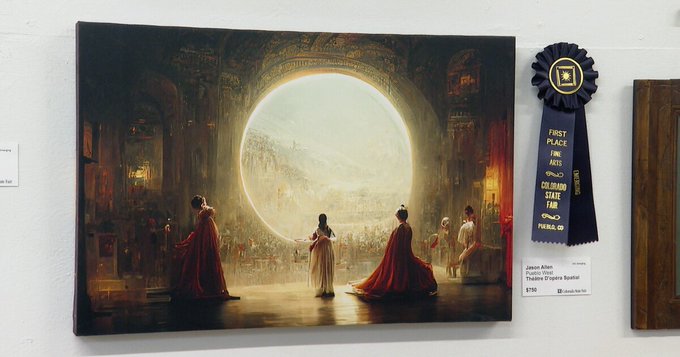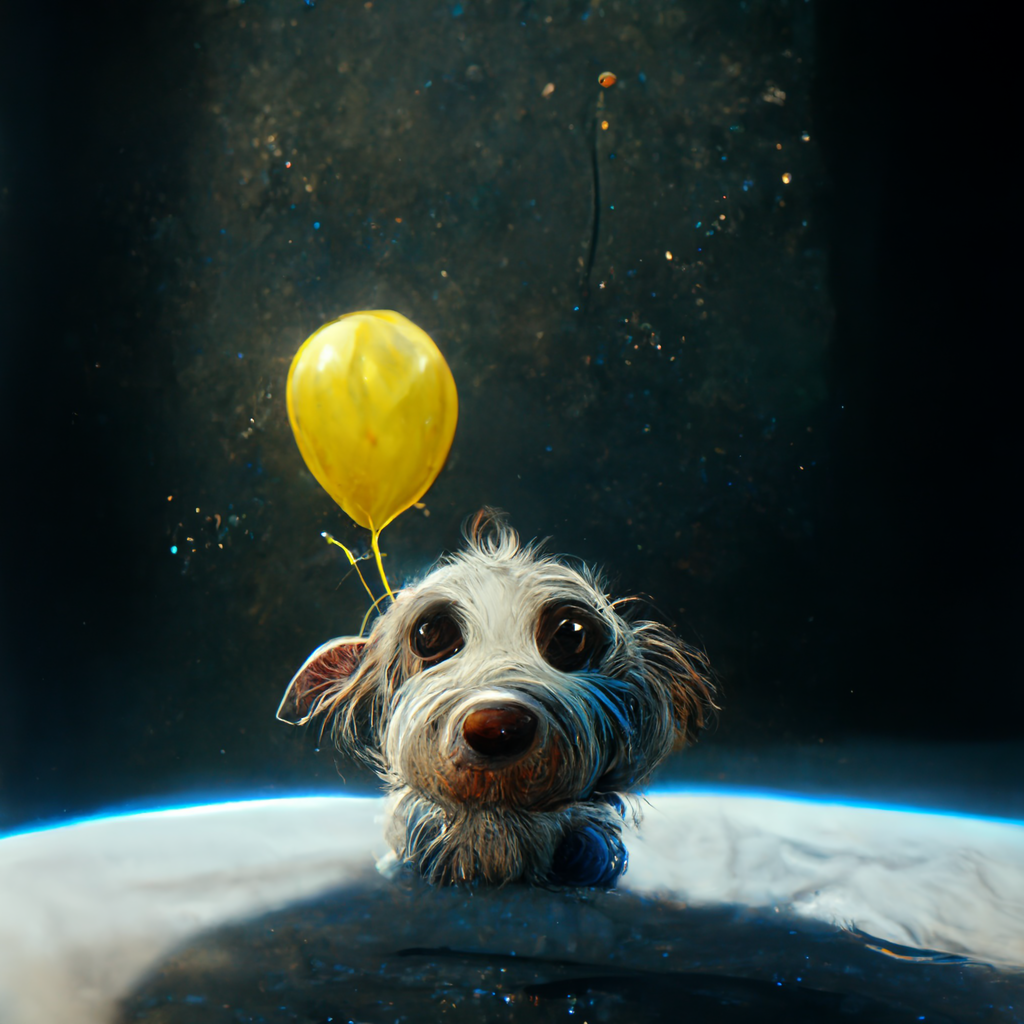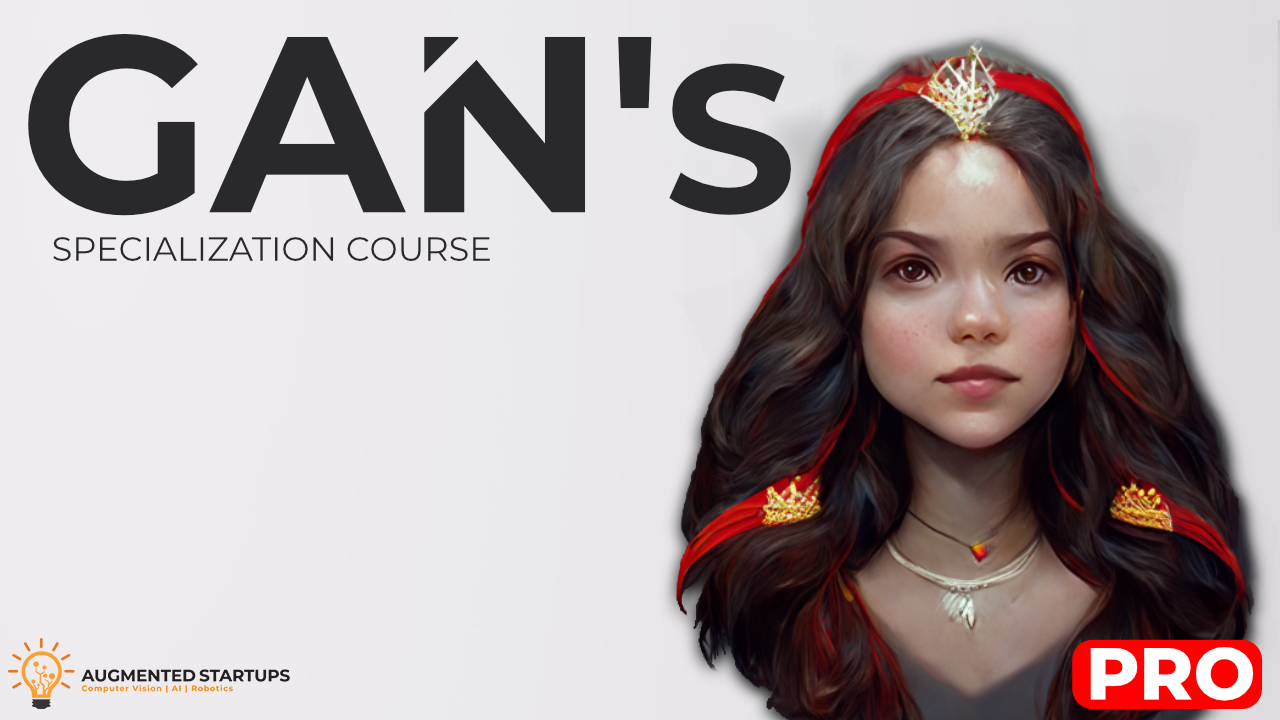How Do Artists Feel about AI-Generated Art?
Sep 22, 2022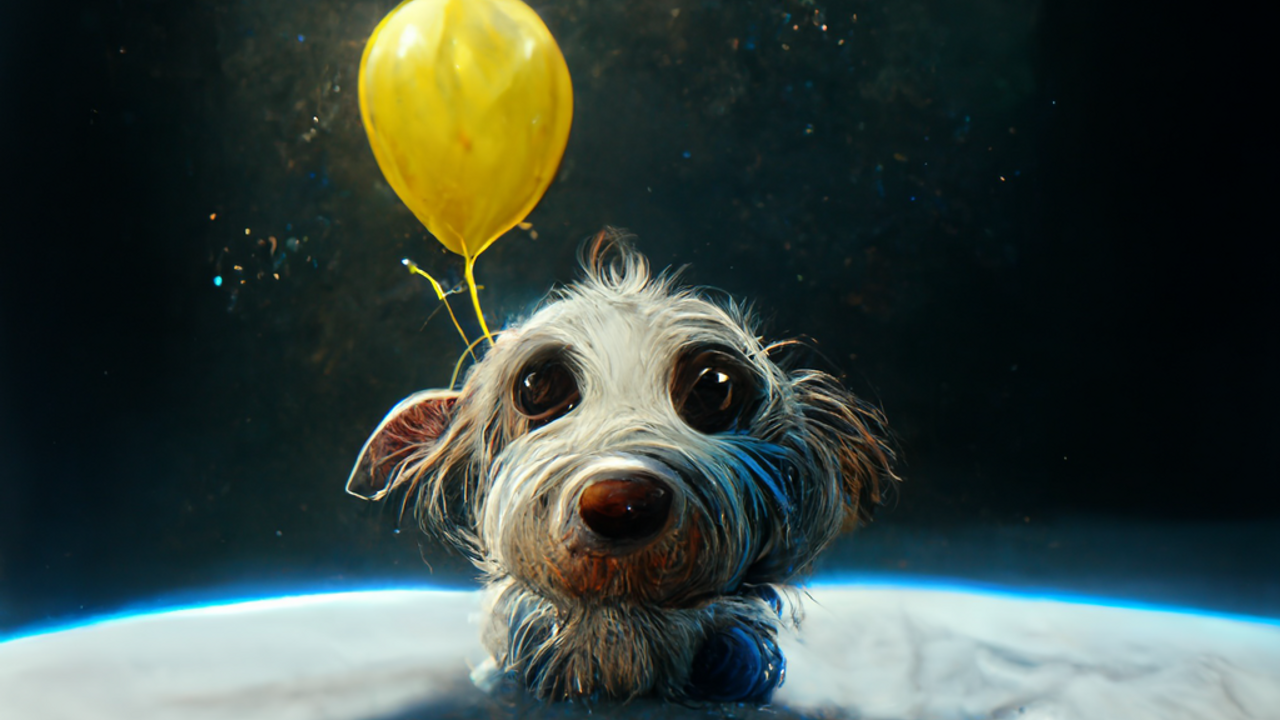
Artificial intelligence (AI) is gaining traction in almost all industries, including the creative world. The emergence of AI-generated artwork has caught on as people seek to express their creativity through artwork that is unique, personalized, and reflects their identity. Tools like Google's Imagen, OpenAI DALLE-2, Midjourney, and Stable Diffusion are raising in popularity for generating artwork in seconds.
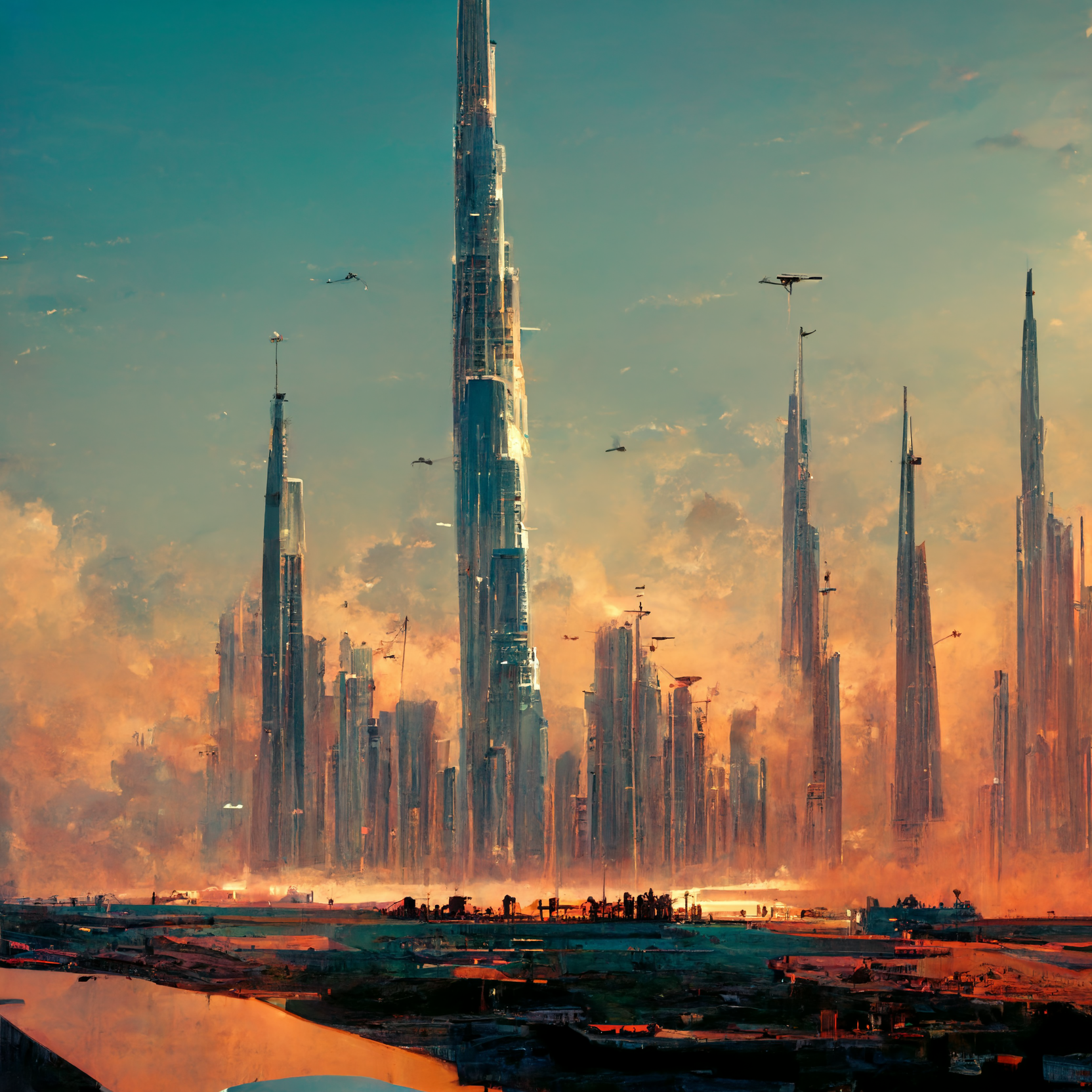
Futuristic Dubai.
While the process of creating art using AI is still largely accessible to the average person, there are challenges due to limited interaction and output that the average person has with tools like Imagen & DALLE-2 as well as concerns about how this technology may change the way we engage with art in the future. Stable Diffusion, on the other hand, is open-sourced and aims to make AI artwork and photo generation even more accessible and versatile compared to some of its counterparts.
Technologies aside, in this article, we outline some of the concerns that artists have about AI, what types of jobs these technologies could replace, and how they might impact the creative process in the future.
So Why Are Artists Concerned About AI Art?
AI is able to generate art at an unprecedented rate as well as reduce the barrier to entry for creating art. For instance, I was able to create a Mid-Journey account on Discord, and within minutes, I was able to start entering my prompts for generating unique art. Check out these images of female John Wick that I made (AI made actually).

If John Wick was a Woman
This is why artists are concerned about AI art. Because it could potentially replace them. I mean if I wanted some artwork done for my YouTube and course thumbnails, instead of hiring a creative professional to design something for me, I could just toy around with a few prompts until I reach my desired look, style, and feel for the image using AI.
So from my perspective, I foresee that as the supply of art rises rapidly, the demand and thus the price of art will attenuate accordingly.
Are Artists Afraid That AI Will Replace Them?
It depends.
While many may feel anxious about losing their job to AI, it's more about the fear of not being able to find a new one. Specifically, the creative world is experiencing a talent shortage, and many people are worried that AI will make it easier for businesses to outsource needful jobs to cheap labor markets, depriving *seasoned artists* of their chance to pursue a creative career.
In other words, the generated works are the result of an algorithmic process that mines original art from the internet without credit or compensation to the original artists. Others have worried about the impacts on independent artists who work for commission since the ability for anyone to create custom-generated artwork potentially means lost revenue.
According to the US Bureau of Labor Statistics, in 2018, there were 740,000 unfilled jobs in the creative industries, including art, design, architecture, photography, and film. If you're worried about finding work in your field, you have good reason to be. It because worse even during the pandemic.
However, there may be hope.
Stock Vendors Refusing AI-Generated Art
For now, the art and creative community may show some resistance to AI-generated art. Companies like Getty Images and Shutterstock have banned AI-Generated Images which mention that they are removing synthetic media from their marketplaces due to unclear or unaddressed issues with copyright.
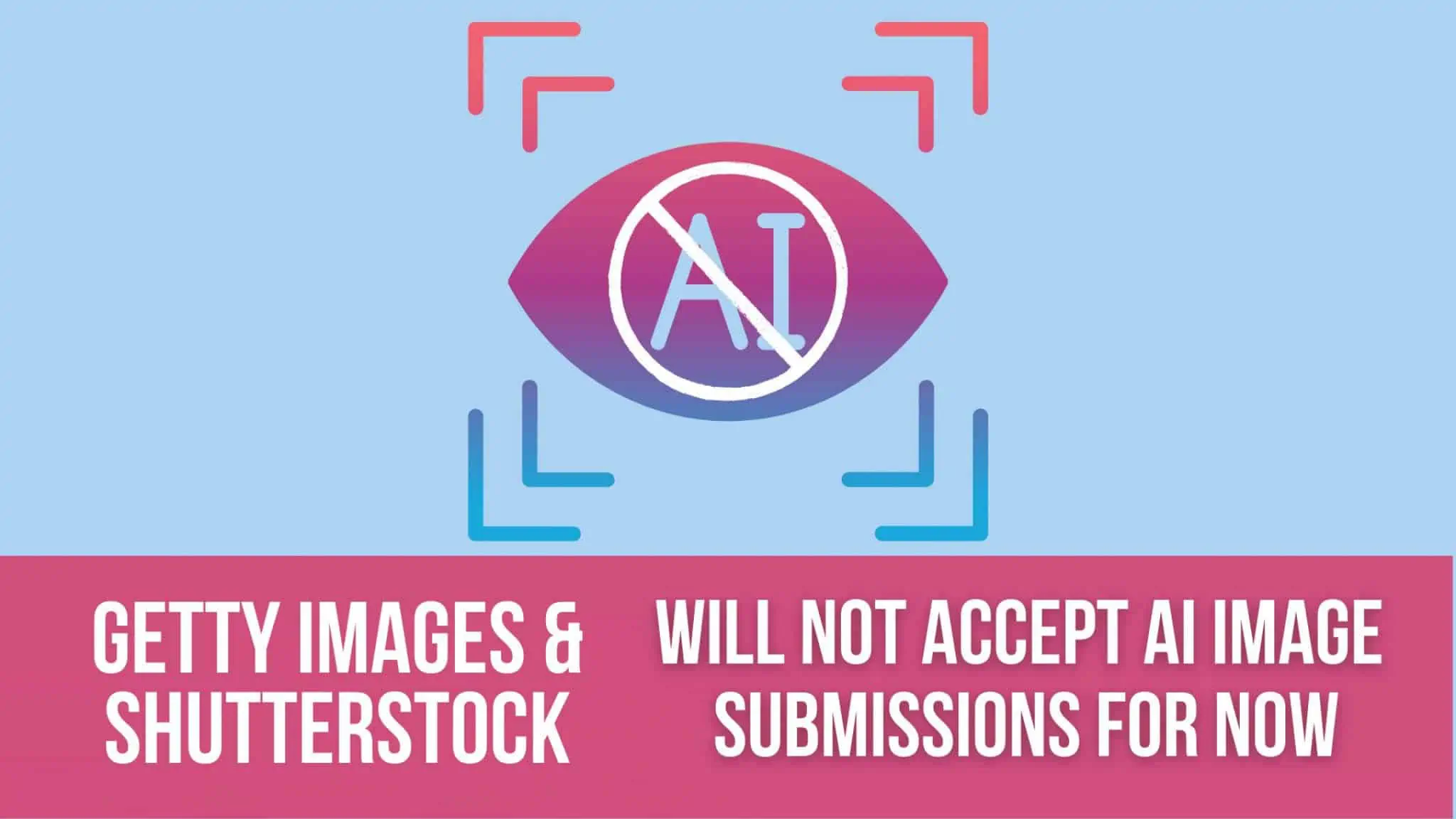
Artist David O’Reilly recently posted calling DALL-E a “scam” saying that these technologies “undermine the works of creators of all kinds, most obviously photographers, illustrators, and concept artists who shared their work online, and never asked to be included in a proprietary learning model.”
What he means is that tools like Midjourney and Stable diffusion are trained on millions, if not billions of web-scaped art images, a lot of which may be copyrighted. So the output of these AI tools would include some elements of images that are copyrighted.
While I understand where they are all coming from, I don't totally agree with that. If I am a painter and I like the style of Picasso and Van Gogh, I would train myself to paint an original art piece by mixing some of their elements and style. This would be acceptable, however, the controversy comes in now, because this type of art can be generated at a mass scale and has the potential to disrupt the livelihood and career of the artist in the industry.
If Batman had an ironman suit.
AI-Generated Art Won First Prize in a fine-art Competition
Jason Allen won first place at the Colorado State Fair, for his AI-generated art. While he did mention the tag "via Midjourney", it only became apparent that he used AI to generate his masterpiece only after he was awarded the prize. This had a lot of people fuming. What I found interesting was that his award was not revoked by the fair, stating "We think this brings up a great conversation. With advancing technology, the discussion of AI and art helps the Fair evolve from year to year." They then went on to introduce a new category for AI art for next year's event, to sort of level the playing field.
How will Artists Adapt?
Artists can view AI not as a threat but as a tool, similar to how art transitioned to digital tools from traditional methods. It can be a means to augment the creative process in novel ways and act as a creative guide through the process of idea generation or concept development. It is through these sorts of innovations that we see the biggest impact. How this may unfold, however, is still left up to speculation.
Will AI Art Impact the Way We View Art?
Just as with most new technologies that emerge, there are bound to be some challenges. One of the biggest issues that artists are facing is how to display their work while still maintaining their integrity. After all, no one wants to look at an unfinished product. That's one reason why many artists will always choose to work in-house, on their own terms, with as little interference as possible.
That approach doesn't work in an AI world. Today, artwork is being generated by neural networks and machine learning algorithms with no regard for what is or isn't art. It's highly curated and oftentimes, designed to be mass-produced.
That being said, the issue of ‘authenticity' in art is a tricky one, because while we can argue that an AI-generated artwork is not ‘real' art in the same way a painting is real art, we struggle to give it the same recognition and value as more traditional pieces of art. In most cases, the generation of AI art is marked as ‘digital art,' which some people argue is a devaluation of what we usually consider to be art.
On the flip side, while many people are undoubtedly talented enough to create something like this:
…it doesn't mean that the artwork is any better than what you'd get if you fed a neural network any old random image. In most cases, these AI-generated designs lack that ‘unique artistic flare' that gives a painting or a sculpture its special charm. To borrow a phrase, it often looks like ‘digital junk,' which is why many high-profile creatives today are determined to keep AI-generated work to a minimum.
But that might not always be possible. As AI takes over more and more aspects of our lives, it's becoming increasingly difficult to navigate the world of art today.
In the future, as AI becomes more accessible to average people, these technologies will have a dramatic impact on how we create, consume, and enjoy art. But, at the same time, they will also open up unprecedented opportunities for artists and other creative individuals to develop new ways of expression that could revolutionize the art world as we know it. Artists should learn to work with AI because it is changing the game. We're seeing a shift to more design-based work in the creative sector. And as a result, designers are in demand, while artists are finding it harder to find a job.
If you can't beat them, join them.
Now whether you are an artist or just an average joe like me, then I got some great news, because we are going to be launching a course on Generative Adversarial Networks (GANs). In this course, we will be discussing in detail how you can generate your own AI artwork using popular tools like Midjourney, DALLE2, Imagen, and Stable Fusion. Not only that we take a deep dive into how to build your own Adversarial Networks for specific applications like image style transfer, super-resolution, image captioning, and a whole lot more. Sign up here to get notified of the Course Launch.
From 80-Hour Weeks to 4-Hour Workflows
Get my Corporate Automation Starter Pack and discover how I automated my way from burnout to freedom. Includes the AI maturity audit + ready-to-deploy n8n workflows that save hours every day.
We hate SPAM. We will never sell your information, for any reason.


